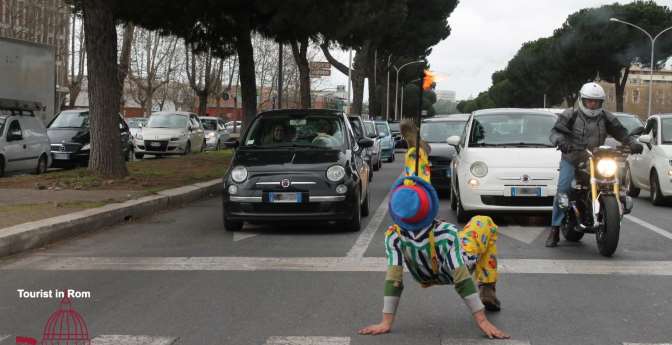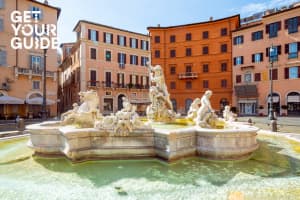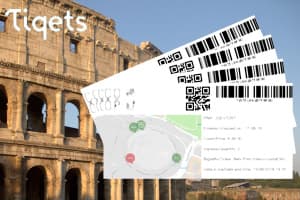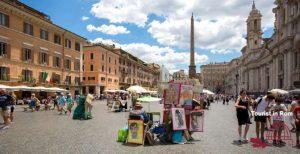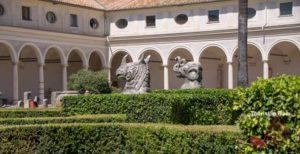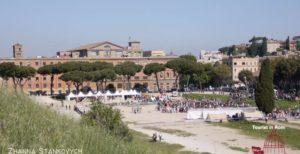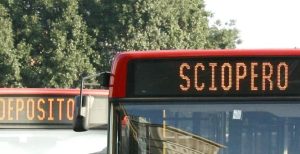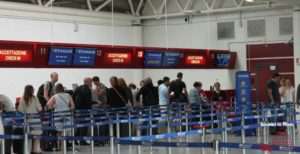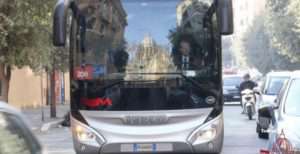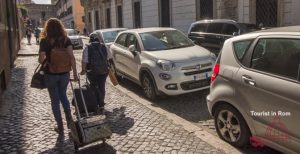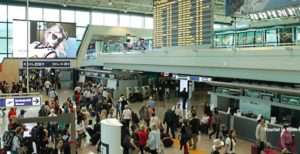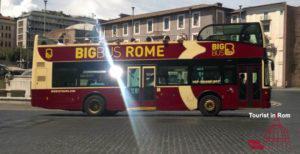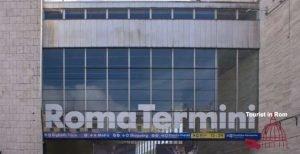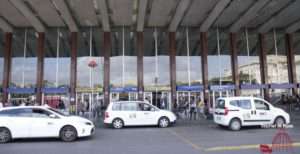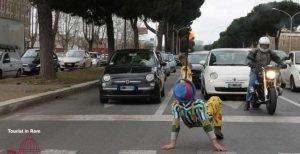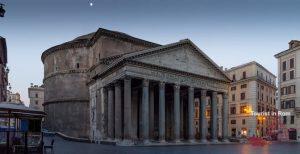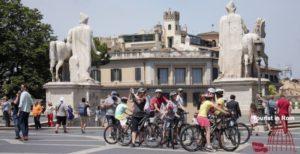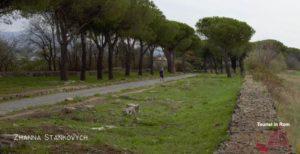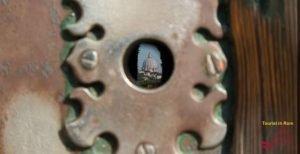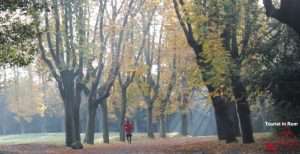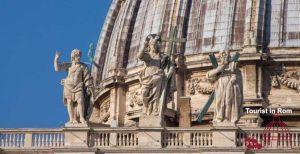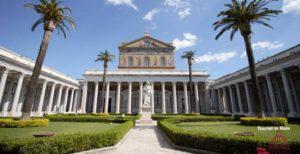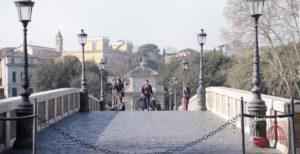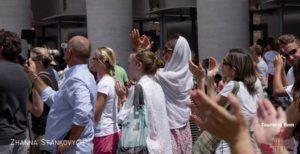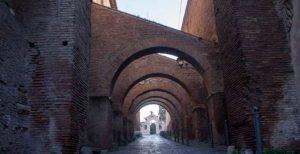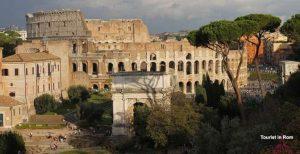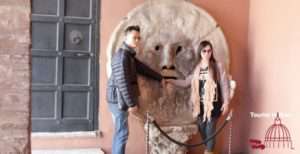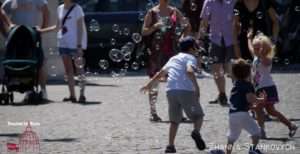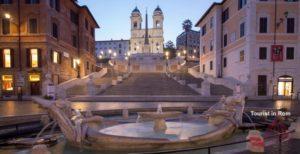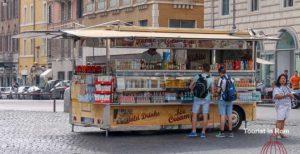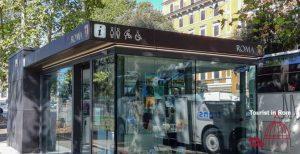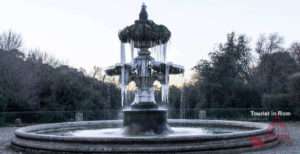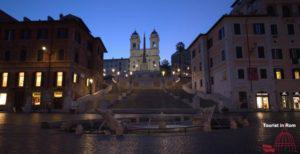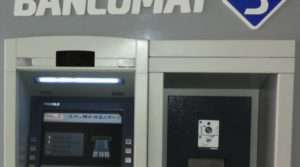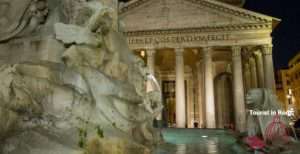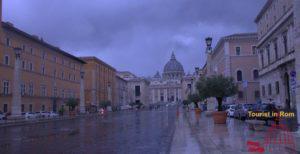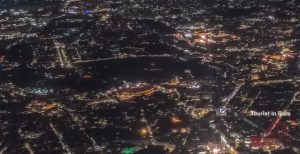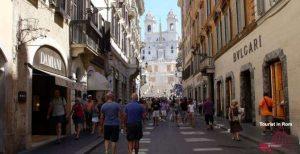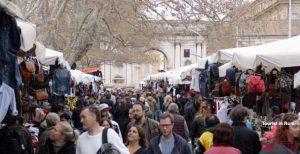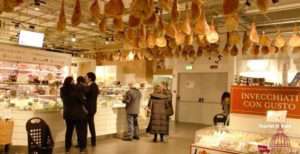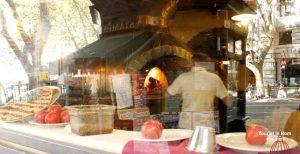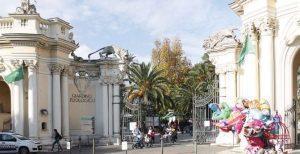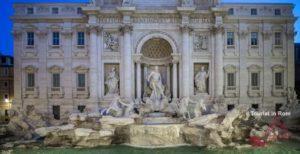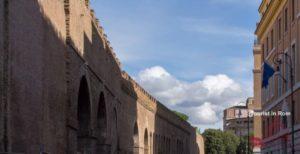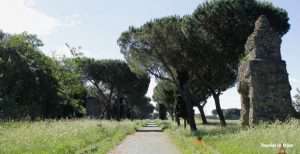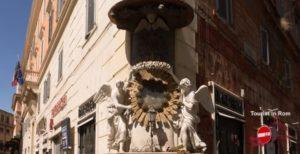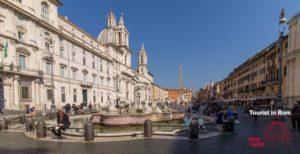By car in Rome. Driving in Rome can be quite an adventure. You can find out here how to get to Rome safely by car and through Roman traffic.
Reflections on cars in Rome
Julius Caesar in 45 BC, ordered the first ever known traffic restrictions in Rome. These included one-way streets and driving bans even at that time.
Roman traffic is infamous with 710 cars per thousand inhabitants. In comparison, Rome is ahead of Luxembourg with 659 cars meanwhile there are 410 cars per thousand inhabitants in Dortmund, 350 in Munich and 289 in Berlin.
Whether the Romans have so many cars due to the fact that the public transport doesn’t work well or viceversa it’s hard to answer.
In principle, if you come out of the Auto scooter unscathed at the fair, you’ll succeed in Roman traffic.
Rules of the Roman traffic
Here are some basic rules:
- You must be able to stop in any situation in the face of an unforeseen obstacle.
- Absolute driveway have severely damaged and dented cars.
- Has to be the first at the junction.
- Traffic lights gives only one recommendation, some drivers brakes even at green while others go at red. Many drivers are also color-blind and wait at green until others leave or one of them honks from behind.
- Paintings of the pavement, such as traffic lanes, pedestrian tracks and others, are mainly used for decoration.
Beware of car-driving retirees! They may not see well anymore and drive very slowly or brake unexpectedly.
The traffic lights phases are usually very long, including the yellow phase.
Crosswalks
Pedestrian crossing tracks in Rome are not generally found at the junction, but behind the intersection.

The reason for this is the Italian road traffic act. As a result, some pedestrians cross the street on these pedestrian crossing tracks why others takes the direct route across the intersection.
Pedestrians also like to cross the street at bus stops in front of the stationary bus.
Roman motorists usually stops at pedestrian crossings when they absolutely need to. Even if the pedestrians are already on the road, they will try to get past them quickly. It’s therefore advisable to cross the road only if you can clearly see that the next approaching car will stop.
By car to the city center
In principle, it’s not advisable to drive to the city centre as it will be very difficult to find a parking space. However, it is also not easy with public transport. If you want to leave the car longer, look for a guarded garage.
Parking in the centre
There is an ample car park at Villa Borghese on Via del Muro Torto. From this garage, you’ve a direct access to Via Veneto as well as the city centre and the Spagna metro station.
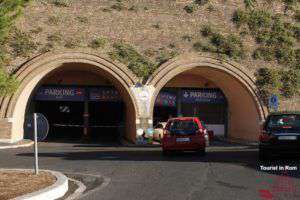
A second ample parking space is located near St. Peter’s Basilica and the Bambino Gesù Children’s Hospital on Via del Gianicolo.
To add, white marked parking spaces are free of charge while blue marked parking spaces are subject to a charge.
Stay away from all other floor markings, especially disabled parking spaces. There is a high risk that your car will be towed or fitted with a parking claw and you’ll have to trigger it in a complicated way.
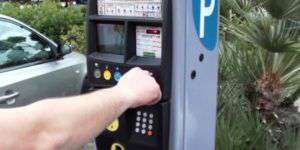
All blue marked parking spaces can be paid for at the parking machines.
As a rule, you can enter the license plate number at the machine and then do not need to put the parking ticket behind the windshield. If you do not want to enter the license plate number, you can enter any three numbers or letters at the machine, but then you have to display the parking ticket in the car.
Some apps also allow you to pay for parking, but as a general rule, installation and registration efforts are not worthwhile.
Restricted access zones
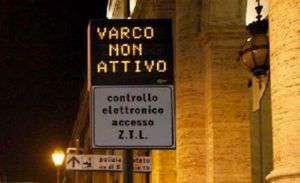
There are some zones in the city which require special access permits at certain hours of the day. Some zones are active at night and others during the day.
The zones are called ZTL – zona a traffico limitato zones with limited traffic.
These zones are video-monitored and at their entrance, there is a LED display with the below information:
Varco attivo or ZTL attiva – Active control, entry only with permission.
Varco non attivo or ZTL non attiva – Non-active control, you can enter.
Traveling by car to Rome
It’s a pretty long journey across the Alps and through the Appenines to Rome by car. Most visitors therefore come by plane or train. It’s therefore only worthwhile getting to Rome by car if Rome is just one of several destinations on your trip to Italy.
Traffic rules in Italy
In Italy, there is a maximum speed of 130 km / h on the highways, 90 km / h out of town – unless stated otherwise – and 50 km / h in the city. For more information on Italian regulations, visit the website of the Italian Automobile Association.
Violations of the traffic rules
It is advisable to follow the rules as you risk high penalties and driving license withdrawal. The penalties in Italy are very high. There are often several hundred or even over a thousand euros.
If you are stopped with a foreign license plate, you must pay the penalty immediately. Otherwise, you risk that the vehicle will be transferred to a paid depot until the penalty is paid.
Speed control
In Italy, warning signs must always be placed in front of radar installations, but since there are many warning signs without radar, this does not necessarily help.
In mobile radar controls in Rome, the police are usually with blue light in front of the radar. But they are not always recognizable.
The tutor
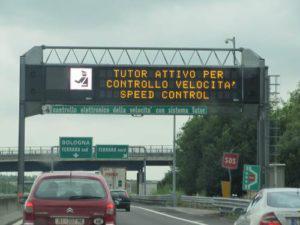
On some motorway routes there is a speed control system which determines the average speed between two measuring points. The system reads the license plates and the measured travel time between two control points gives the average speed traveled. However, the system is only temporarily active. As a rule, a “Tutor attivo” information is shown when the tutor is switched on.
Loss of license
Depending on the seriousness of the established violation, the police immediately withdraws the driver’s license. This is very uncomfortable as the driver’s license is sent to the authority of your home country. The procedure takes several months. In addition, the Italian authorities keep a point register. When a certain score is exceeded, the Italian authorities prohibit driving for up to one year.
These are the most important cases in which the driver’s license is withdrawn:
- Exceeding the maximum speed of more than 40 km / h
- Using the mobile phone while driving
- Driving under the influence of alcohol or drugs
- Accidents with injured persons
- Rider escape in accidents with injured persons
- Failed assistance
Driving under the influence of alcohol or drugs
In Italy the wine tastes great while eating. And a digestivo after dinner, such as the ever-popular Limoncello, an Amaro or a Grappa, is often a tradition.
If you still want to drive a car, you should measure.
These are the rules for drunk driving in Italy:
For novice drivers in the first three years and persons up to the age of 21 years, the 0 per thousand mark applies.
For all others, a limit of 0.5 per thousand applies. Above this value, there is a high fine. From 1.5 per thousand, the driver’s license is withdrawn.
Driving under the influence of psychotropic drugs or drugs can result in a fine of up to € 6,000 and a jail term of up to one year.
The motorway network
The motorway network is for the most part toll road and is operated by private companies in concession.
In the region of Lazio, the Rome ring road (GRA = Grande Raccordo Anulare) is toll-free, as well as the motorway from Rome to Fiumicino Airport and the motorway section of the A24 from the “Tangenziale” to the GRA.
On your journey, you can receive current traffic reports through the app “MyWay”, which is offered free of charge by the motorway company Autostrade per l’Italia.
The toll booths
Most Italian highways are toll road. For example, more than 50 € are due for the 450 miles from Brenner to Rome.
You should therefore consider carefully whether it is worthwhile driving to Rome by car.
At the toll booths you will find the tracks for telepass, credit card payment and cash.
Telepass is a system with a transmitter in the vehicle, which allows the monthly billing of tolls.
The Telepass has its own lanes, especially when leaving the motorway. You are not allowed to use them without Telepass. In most cases, the lanes are secured with barriers that prevent you from driving on. If you are let through, for example because a queue has formed behind you, you will have to pay the toll at an information point “Punto blu” of the motorway company. Otherwise, the motorway company orders a collection agency, which sends you a steep bill home.
Without a Telepass, you will receive a ticket at the entrance to the highway, which you can redeem at the exit either at the tracks for cash or at the machines for credit card payment.
GRA – Grande Raccordo Anulare
The three-lane ring road leads with the inside lanes (carreggiata interna) clockwise around the city and with the outside lanes (carregiata esterna) counterclockwise.
Since the GRA can be heavily overloaded at certain times of the day, you should definitely check the current traffic reports and set your route accordingly. Partly there are long traffic jams and the Raccordo becomes the largest parking lot in Rome.
If you want to go to the city, you should avoid the rush hours, in the morning between 7:30 and 9:30, in the afternoon between 4:30 and 6:30.
The Consular Roads
In ancient Rome, these roads mostly led to the distant realm and served the military, goods traffic and the traveling civilian population. Some roads are still in use today, and indeed
Via Aurelia from the Gianicolo in a northwesterly direction along the sea to Pisa and Liguria
Via Cassia from the north of Rome to Florence
Via Flaminia from the north of Rome to Rimini
Via Salaria from the north of Rome to San Benedetto del Tronto. As the name suggests, it is an old salt road.
Via Tiburtina from Termini central station to Pescara
Via Appia the “Queen of the Streets” from the Porta San Sebastiano to Brindisi – the section from the Mausoleum of the Cecilia Metella to the GRA is limited passable
Via Ostiense to the sea to Ostia and to the old port facilities (Ostia Antica and Lake Traiano)
Other roads
The wine villages of Frascati and Grottaferrata are crossed by Via Tuscolana and Via Anagnina. From there you can continue to Castel Gandolfo.
Also to Castel Gandolfo and further south brings you the Via Appia. Since this road is very congested and leads on winding paths through villages and towns, today it is no longer suitable as a long distance connection.
The four-lane Via Pontina takes you from the Roman south to Latina and further south to Circeo and Gaeta.
The four-lane Via Cristoforo Colombo takes you from the thermal baths of Caracalla to Ostia. Other arterial roads such as Via Laurentina, Via Ardeatina, Via Casilina, Via Prenestina and Via Nomentana are partially poorly developed and only of local importance.
Car breakdown
If you have a breakdown while driving to Rome and need to tow the car, you will need to call the phone number provided by your insurer, car manufacturer or car rental company. Only if you call this number, you enjoy insurance protection! Otherwise, you can ask the Italian Automobile Club directly for help calling the number 800 116 800, which is toll free for foreign phones. However, towing and any further services are then to be paid.
In the event of a car accident in Rome
The Municipality of Rome operates a call centre which is permanently accessible under the number 060606. Under this number, you’ll find an interlocutor who understands you. Depending on your phone’s configuration, you’ll probably need to dial +39 060606.
Unfortunately, it can take long for the municipal police to appear in order to record an accident. For minor accidents, you may need to document the incident yourself and exchange data with the opponent. Check with your insurance company how to do this.
In particular, car rental companies often insist that an accident should be recorded by the police.
Scam specialist – grifter
Sometimes a pedestrian can jostle your car, or someone can pull a hook out of a car or motorcycle and damage your mirror or paint. They’ll try to stop you telling that you’ve injured or caused damage to someone. You will be proposed to settle the case on spot against the payment of a few hundred euros. If you say you don’t have enough money on you, you’ll be offered a ride to an ATM (Bancomat).
In such cases, you must inform your counterpart that you’ll call the Police or Carabinieri. Just pick up your phone and dial 112. As a general rule, the haunting disappears as fast as he buzzed in. If your opponent doesn’t disappear, you then tell the police where you are and that you need help.
